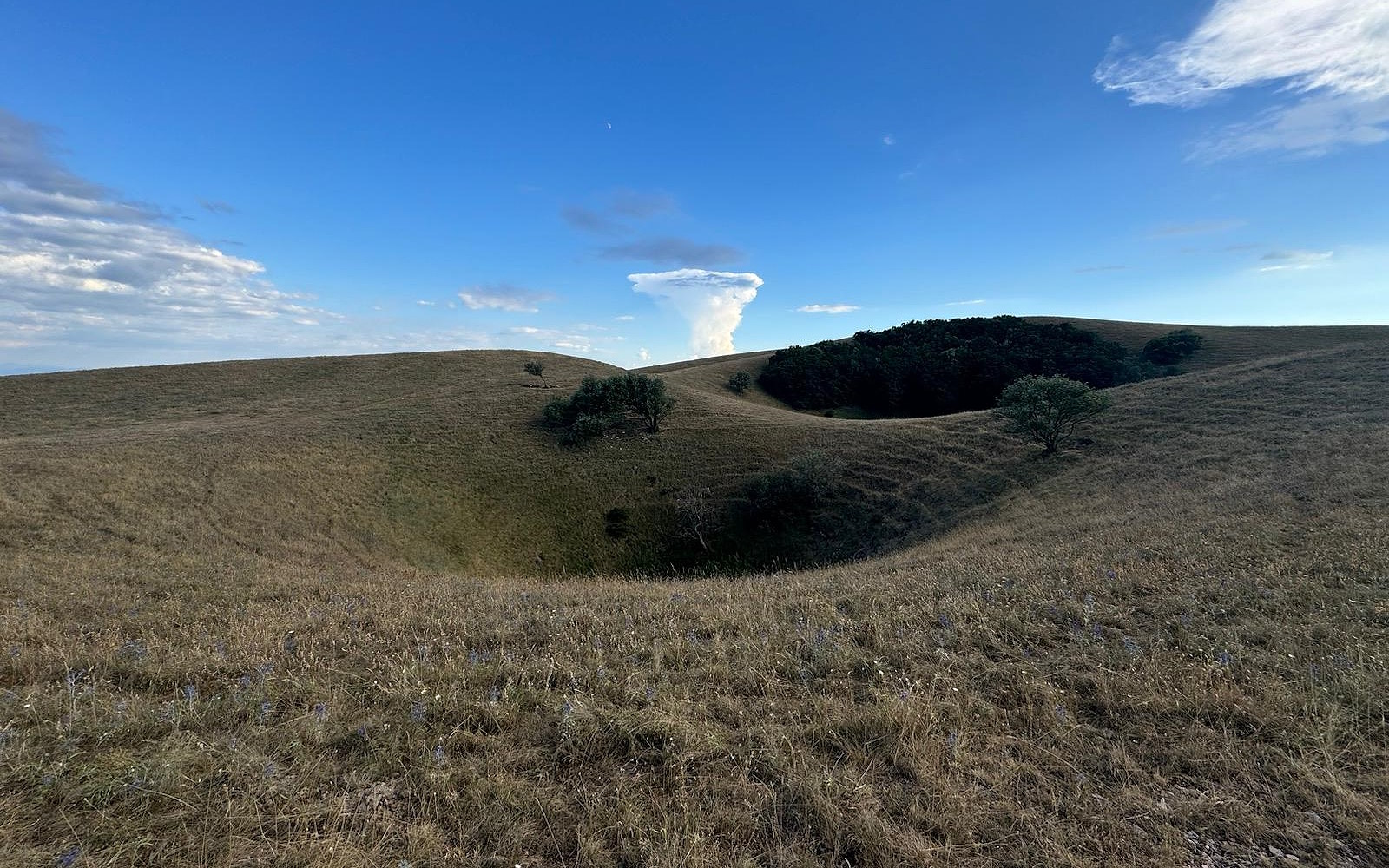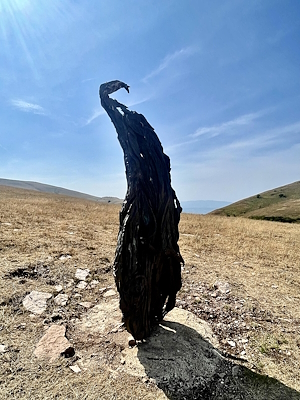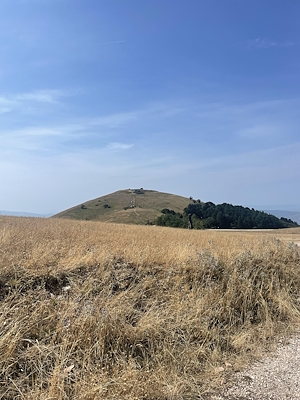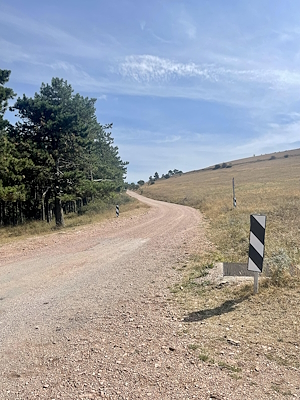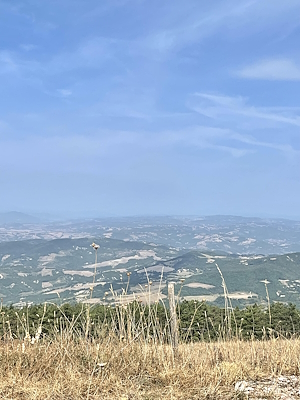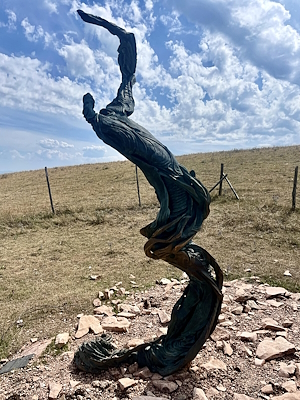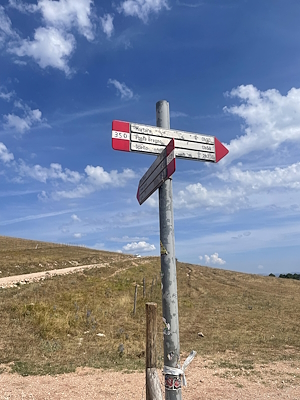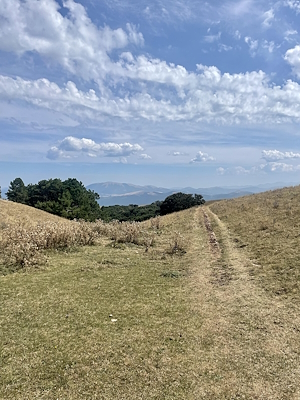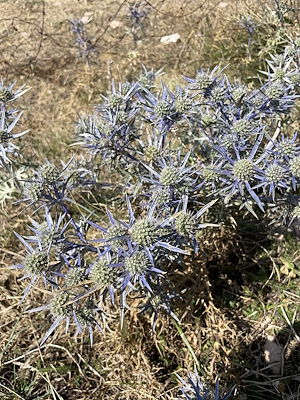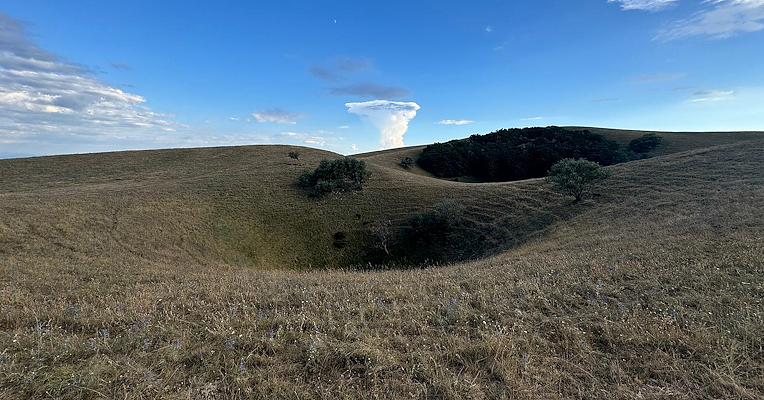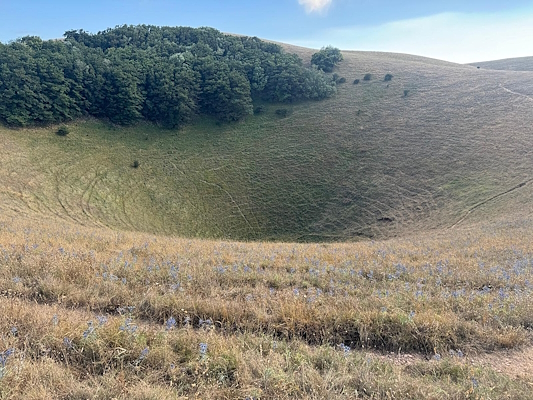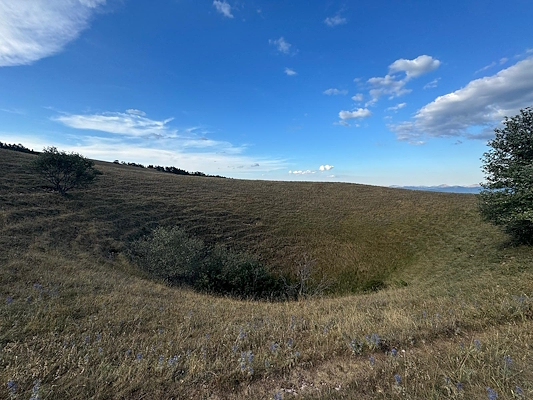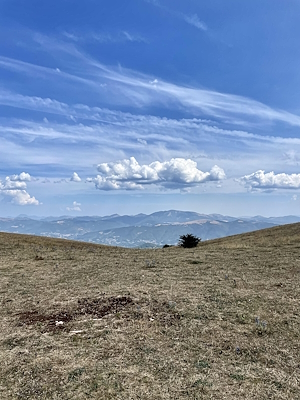This itinerary offers the opportunity to explore one of the most interesting aspects of the Monte Subasio Park from a geological and naturalistic point of view, that of the karst phenomenon of the Mortari. These formations, which at first glance may appear to be volcanic craters, are actually dolines, or natural depressions created by the erosion of the rock caused by meteoric waters, rich in carbonic acid, such as rain and snow. Their name probably derives from their resemblance to kitchen mortars, tools used to crush and mix ingredients. In fact, in ancient times, these depressions were used as holes in which snow was pressed, just like in a mortar, becoming an important ice reservoir, which was covered during the summer period for storage. Between World War I and World War II, this practice came to an end with the establishment of an ice factory in the town of Assisi.
The itinerary starts from the Stazzi car park (1083 m a.s.l.) in the Monte Subasio Park, surrounded by woods with benches for sitting or picnicking and meadows where you can stretch out on sunny days. Here one can admire the first of the bronze statues dedicated to the elements of nature visible along the route, representing, in this case, the element of Fire. Behind the sculpture, one can also catch a glimpse of Colle San Rufino (1110 metres a.s.l.), an important archaeological site where the famous 5th-century B.C. bronze statuette, the Mars of Subasio, was found, which configured the hill as an ancient Umbrian-Italic sanctuary.
From the starting point, one continues along a dirt road uphill towards the summit of Mount Subasio, which can also be travelled by bicycle or car, where one can see the second bronze sculpture, this time dedicated to the element of Wind. Continuing along the route, one comes to a fork with a signpost. From here, you can choose to turn left to reach the first karstic phenomenon, the Mortaro delle Trosce, now largely covered by forest. Alternatively, you can take path 350, which takes a ten-minute walk to one of Umbria's geological wonders: Mortaro Grande. This doline is the most spectacular in the area, with a diameter of about 300 metres and a depth of 60 metres. Next to it is the Mortaiolo, or Mortaro Piccolo, which, at 70 metres in diameter, is smaller but has much steeper walls.
The itinerary continues on the same path to Fonte Bregno (1028 m.a.s.l.), a spring that invites a short break in the comfort of a refuge. From here, we continue along the forest to Croce di Sasso Piano (1124 m.a.s.l.), an extraordinary vantage point offering a unique view of the Valle Umbra, part of the Val Tiberina and an unusual view of Assisi from above. This is an ideal place to stop and contemplate the landscape and take photographs, before resuming the descent to the Vallonica refuge on the same path. The circular route concludes by following a dirt road back to the Stazzi car park.
























